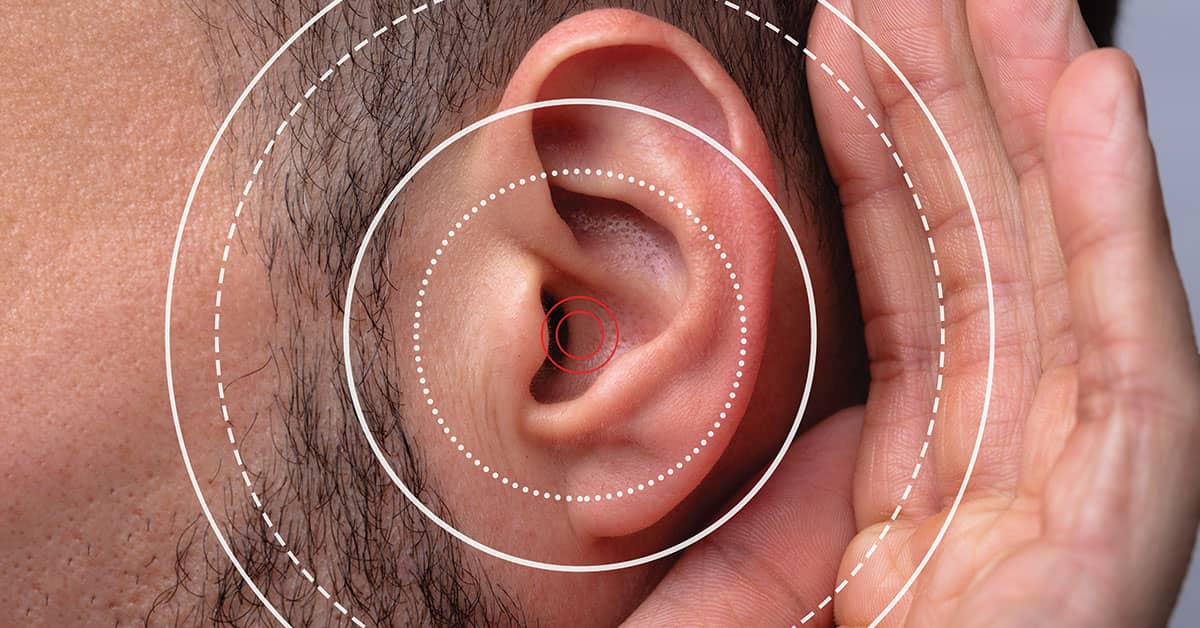When a hearing loss is a Standard Threshold Shift
Date Posted: 08/01/2022

OSHA’s Occupational Noise Exposure Standard at 1910.95 requires employers to establish a hearing conservation program for employees whose noise exposures equal or exceed an 8-hour time-weighted average of 85 decibels (dB). Employers must establish a baseline audiogram within 6 months of the first exposure, and conduct annual testing thereafter.
The employer must take further action if an employee experiences a Standard Threshold Shift (STS) relative to their baseline. An STS is a change in hearing of an average of 10 dB or more at 2000, 3000, and 4000 Hertz (Hz) in either ear.
While employers may consider natural hearing loss caused by aging when determining whether an STS has occurred, exposure to loud noises, ototoxic chemicals, and/or ill-fitting PPE (or lack of PPE) are the main causes.
If an employee experienced a work-related STS, the employer must:
- Inform the employee of the STS in writing within 21 days of the determination. The employer may obtain a retest within 30 days and consider the results of the retest as the annual audiogram.
- Ensure that employees not using hearing protection get fitted with hearing protection, get trained in their use and care, and are required to use them.
- Ensure employees already using hearing protection get refitted and retrained. If necessary, provide hearing protection with greater attenuation.
Recording on the 300 Log
The employer must record an STS on the OSHA 300 Log if the employee’s total hearing level is 25 dB or more above audiometric zero (averaged at 2000, 3000, and 4000 Hz) in the same ear as the STS. The employer may not use the age adjustment when determining whether the total hearing level is 25 dB or more above audiometric zero.
If the employer conducted a retest that did not confirm the STS, the employer is not required to record the case on the 300 Log. However, if the retest confirms the recordable STS, the employer must record the hearing loss illness within seven calendar days of the retest.
A successful hearing conservation program proactively monitors noise exposure whenever there is a change in production, process, equipment, or controls. By designing a sound sampling strategy, an employer can stay ahead of any potential work-related hearing loss.
How Safety Management Suite Can Help
Tracking injury trends can help identify hazards and prevent future injuries. For example, hearing loss (even where employees should be wearing protection) may mean that additional steps could reduce injuries, such as engineering controls to reduce noise. The Incident Center in the J. J. Keller® SAFETY MANAGEMENT SUITE helps you track recordables and other cases, sorting them by type to identify potential hazards.
E-mail Newsletter
Sign up to receive the weekly EHS Insider email newsletter for safety articles, news headlines, regulatory alerts, industry events, webcasts, and more.